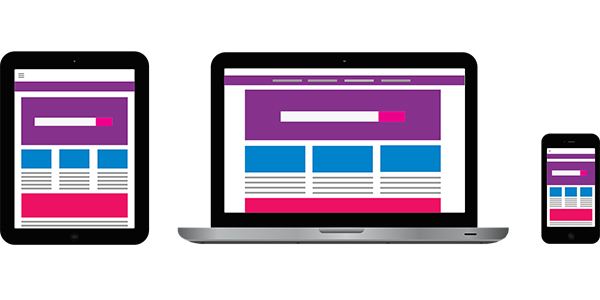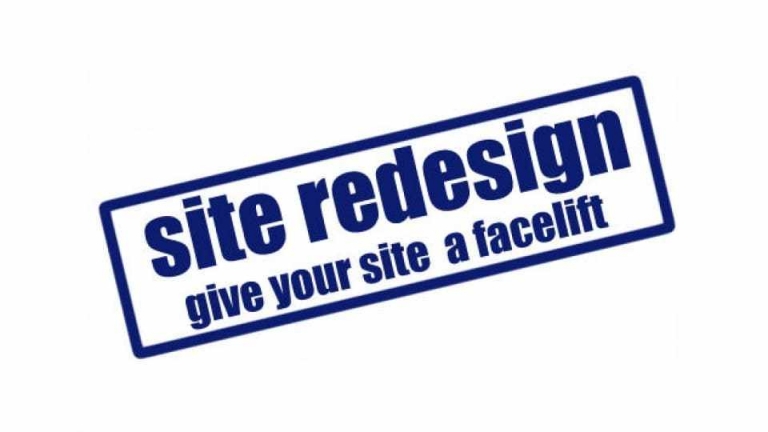Why do I need a “mobile responsive” website?
What is the first thing we do when considering buying a product, hiring a service, or doing business? We Google it.
Our lives are increasingly on the go. We are always out, working, playing, traveling – and almost always “Googling” on our phones. Your customers are, too.
As a small business – you have two challenges:
- You must be easy to find on Google.
- Your company’s website must be mobile responsive.
It’s time to act. A mobile responsive website will boost in your bottom line, winning more bids, and ensuring the longevity of your business.
“Mobile responsive” – How your site looks on a phone or tablet
Mobile responsive design means that no matter which device prospective customers are looking at your website on – desktop, tablet, or smartphone – it will look good.
No more frustrating your customers with tiny screens, pinch and scrolling trying to find the info they are looking for. An easy experience online will give them confidence you are a good company to work with and buy from.
Customers spend 78% of screen time on a mobile device
People are migrating to mobile fast! Are you ready for this change?
A mobile responsive site means your customers can connect with you easier, faster, and more effectively. You can retain customers – and attract new customers.
Customers want to work with a business that takes care of their needs – on and off line.
Mobile responsive site = more visibility online
To remain competitive and retain visibility in the marketplace, it’s imperative your website is mobile responsive – and that you rank highly in search results.
Search engines like Google are how people find companies they want to work with. Don’t you want your company at the top of search results, so more people call you, rather than your competitors?
Mobile responsive sites are the first to show up on Google search results. If you’re not mobile responsive, your site is being punished.
Every buying decision starts on Google
We all Google businesses and companies that we are doing or considering doing business with. Customers expect a really dynamic mobile experience. If they don’t’ get it, you lose customer connections.
Reputable businesses are expected to be online. Your customers expect a website they can easily navigate. Giving site visitors an easy way to get in touch or buy directly will increase your business.
We can build you a mobile responsive website
A mobile responsive site will enhance your company’s reputation. It’ll be perceived as modern, relevant, and customer-centric – giving you long term sustainability.
Act now! Your competitors are also noticing this evolution. So are new companies considering entering your market!
Have questions? Give us a call at 303-278-7310. We love talking about beautiful websites your customers love and helps grow your business.




 and YouTube
and YouTube 






